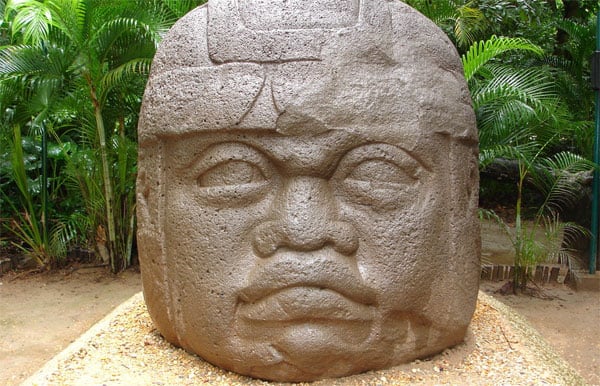

Norman and London: University of Oklahoma Press, 1991. Corn Is Our Blood: Culture and Ethnic Identity in a Contemporary Aztec Village. Visions to Another World: Art, Shamanism, and Political Power in Middle Formative Mesoamerica. Princeton University: Record of the Art Museum, 1989. The Shaman in Transformation Pose: A Study of the Theme of Rulership in Olmec Art. Ann Arbor: Museum of Anthropology, University of Michigan, 1998. Memoirs of the Museum of Anthropology, University of Michigan. Women's Ritual in Formative Oaxaca: Figurine‐Making, Divination, Death, and the Ancestors. The Oxford Encyclopedia of Mesoamerican Cultures. Washington, DC: US Government Printing Office, 1955.
:max_bytes(150000):strip_icc()/olmec_head-57ac66833df78cf45972e6fe.jpg)
Bureau of American Ethnology Bulletin 157. The Cerro De Las Mesas Offering of Jade and Other Materials. Washington, DC: US Government Printing Office, 1952. Bureau of American Ethnology Bulletin 153. La Venta, Tabasco: A Study of Olmec Ceramics and Art. Perspectives in Biology and Medicine 43.4 (2000): 477–501.ĭrucker, Philip. Tlatilco Sculptures, Diprosopus, and the Emergence of Medical Illustrations. Perspectives in Biology and Medicine 40 (1997): 348–61. The Olmec Heart Effigy: Earliest Image of the Human Heart. It is documented for the sixteenth‐century Yucatec Maya, whose word “its” refers to art not as a category of objects made to be admired, but the related knowledges of science, art, philosophy, and.īendersky, Gordon. The practice of encoding knowledge and lore in sculpture characterizes all Mesoamerican cultures. Apparently the Olmec recorded their empirical observations about the process of human gestation and about the innate energies of the adult human body in many kinds of sculptures (Fig. It uses as evidence the hundreds of Olmec three‐dimensional sculptures of the human figure in stone and clay (Fig.

This essay will focus on the little‐studied topic of Olmec knowledge of the human body. These included domesticated plants, skilled ceramic production, lithic technologies, and long‐distance travel and trade. People in Formative Period Mesoamerica (2000–250 BCE) developed an array of empirical knowledge and technological adaptations that became the foundation for the later great civilizations.


 0 kommentar(er)
0 kommentar(er)
